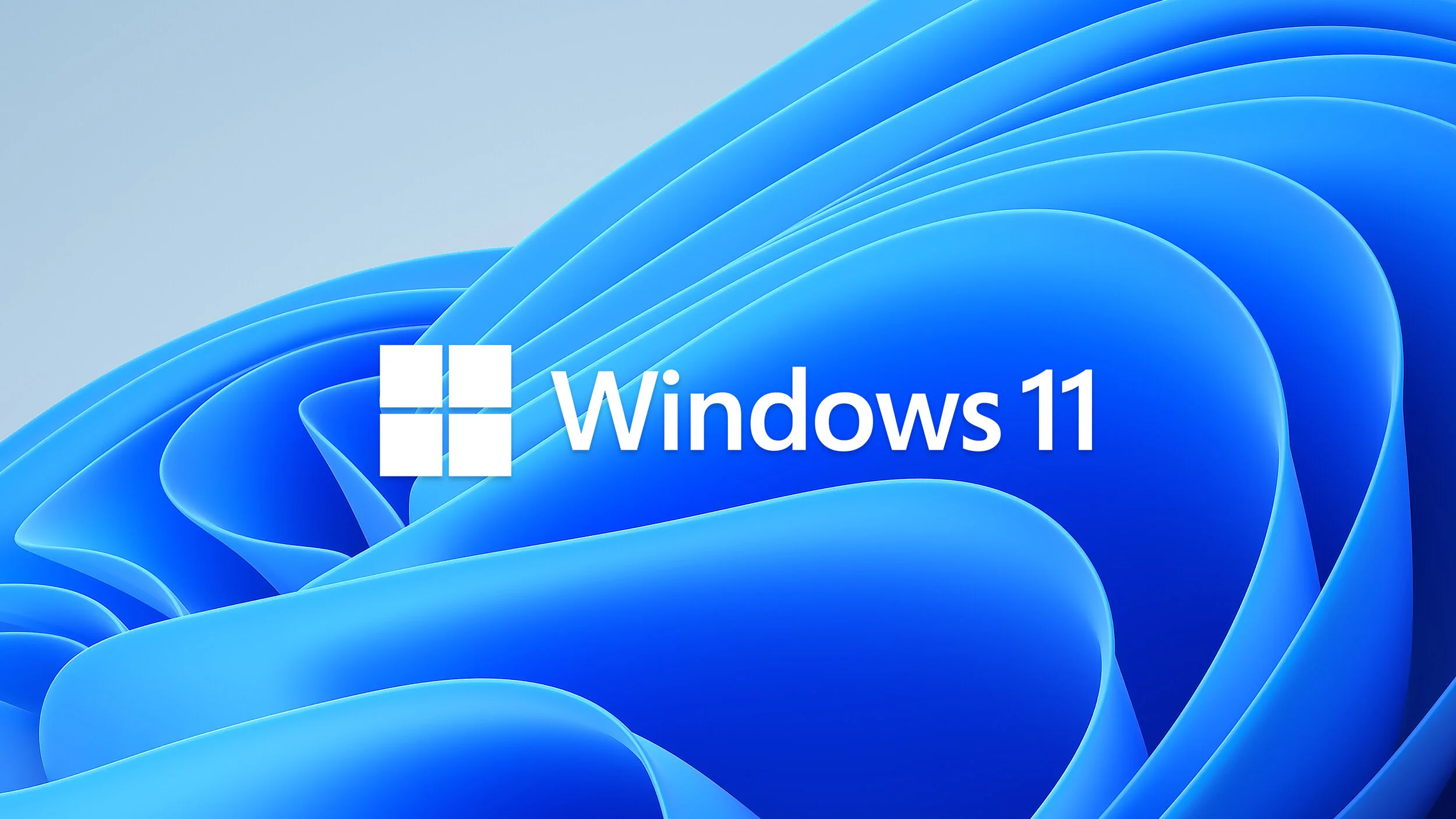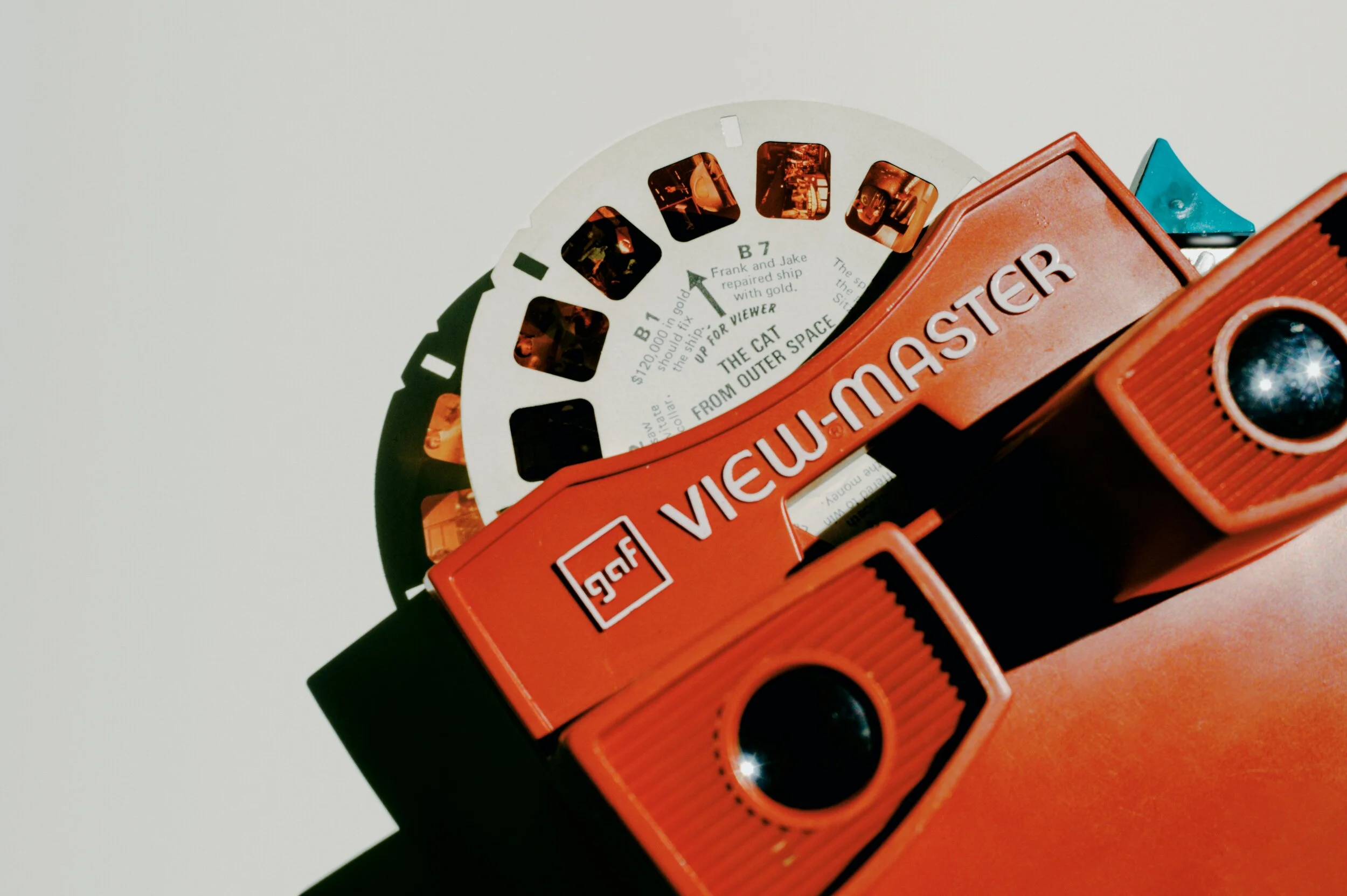Many presentations are good because there are many steps involved between the “source” and the “receiver”
You have the story in your head as a complex set of ideas that are entangled and interdependent
You start writing it down in short hand, which require you to “flatten” the multi dimensional story into a sequence.
The sequence of bullet points now becomes a visualisation of your story. Instead of listening to a complex verbal argument, your eyes glance through the points and you can change the order at lightning speed. Cut, paste, slice, dice, until it looks good to you (without taking into account how it sounds).
Many people stop here and jump to stage 6
Now, chunks of this “visual” bullet point story get translated into visuals, another transformation: sentences, words, paragraphs get turned into visual compositions and graphs.
The presentation to the audience is no longer your story, it is you translating the visuals back into sequential verbal text.
The audience listens to the sound track of your slides and tries to reassemble the story that was in your head when you started the whole process.
Photo by Eirik Skarstein on Unsplash























